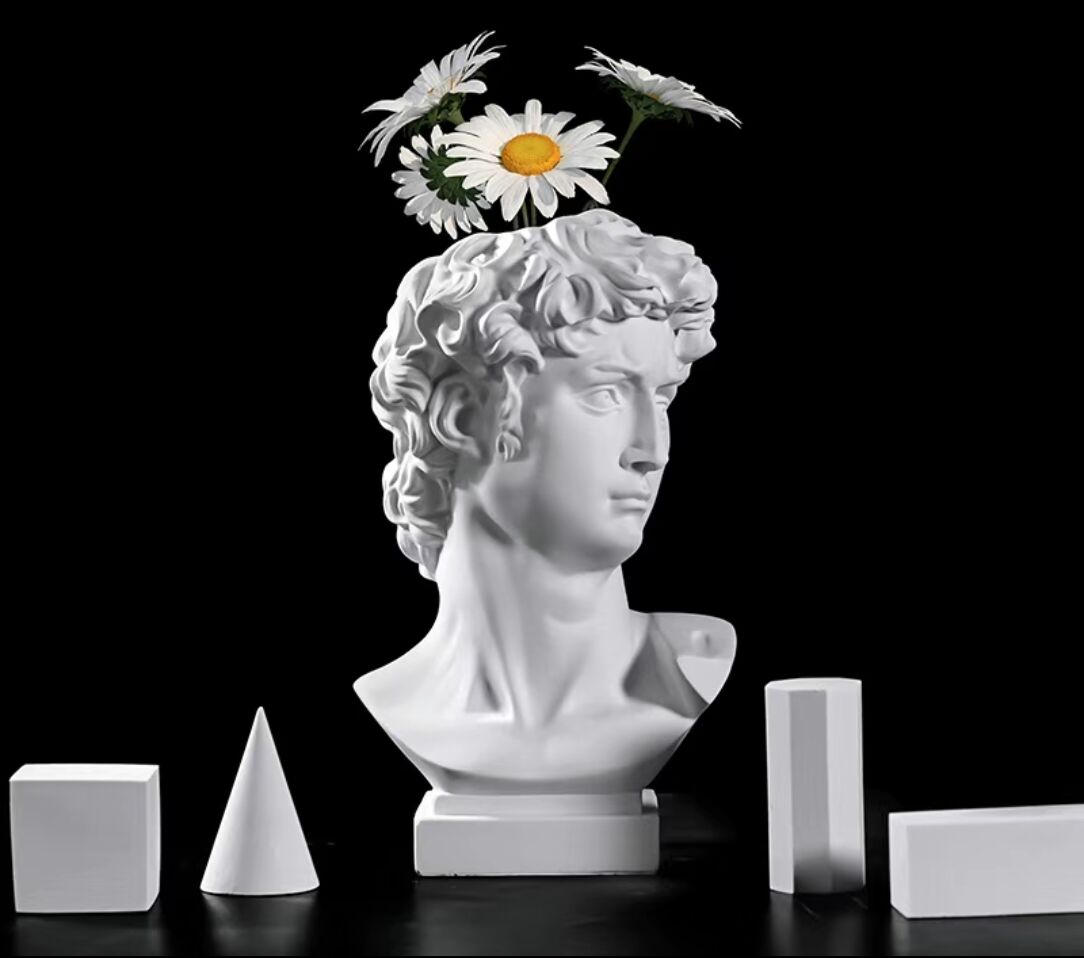famous sculptures
Famous sculptures represent the pinnacle of artistic achievement throughout human history, serving as enduring symbols of cultural expression and technical mastery. These remarkable works of art function as both aesthetic masterpieces and historical documents, preserving the artistic vision and cultural values of different civilizations. From ancient marble statues to contemporary installations, famous sculptures employ various materials and techniques, including carving, casting, modeling, and assembling. These works demonstrate sophisticated understanding of proportion, form, and spatial relationships. Modern conservation technology plays a crucial role in preserving these masterpieces, utilizing advanced scanning techniques, climate-controlled environments, and specialized restoration methods. Famous sculptures serve multiple functions in society, from public monuments that commemorate historical events to museum pieces that educate and inspire. They contribute to cultural identity, tourism, and artistic education, while also influencing contemporary artists and designers. The technological aspects of sculpture creation have evolved from traditional hand-carving tools to include modern innovations such as 3D printing, laser cutting, and digital modeling, expanding the possibilities for artistic expression and preservation.











